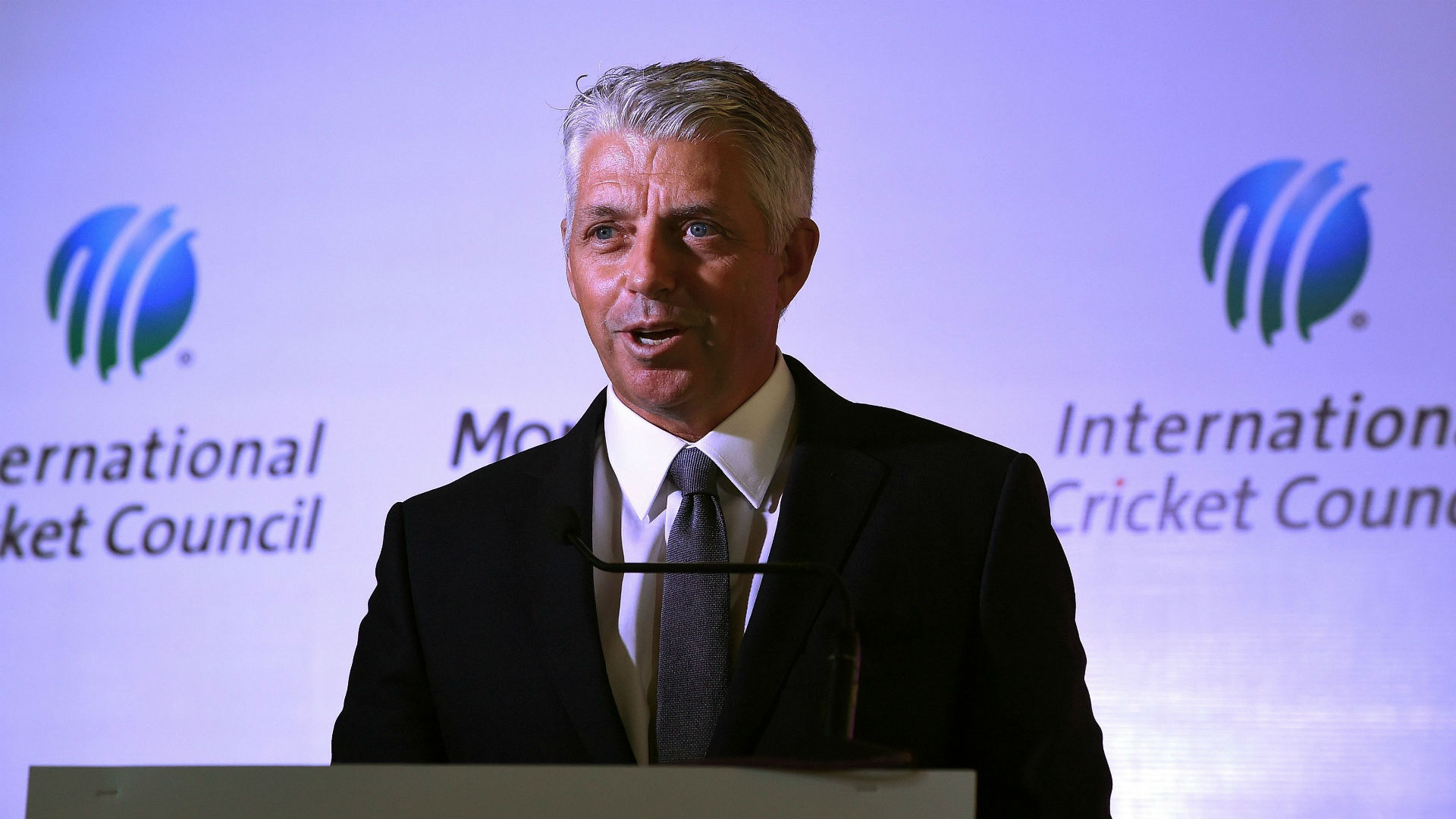
From a “preponderance of batting” to an “exhibition of dullness”, Test cricket has been diagnosed with issues that could cripple its health and growth and eventually bring about a sure, ugly death ever since Charles Bannermann scored the first run on that March 15 afternoon at the Melbourne Cricket Ground some 139 years ago. Suggestions to put more life into the game ranged from practical to hilarious to ridiculous, and the latest in that failed or misfired series of initiatives to reinvent Test cricket is the new idea floated by the International Cricket Council (ICC) of putting in place a two-tier Test system.
ICC Chief Executive David Richardson says Test cricket requires added “meaning and context” if it is to survive — and there could be no doubt about that — but Indian cricket board (BCCI) chief Anurag Thakur thinks the league format being bandied about by the ICC at its Edinburgh annual general meeting, which is being discussed further at today’s meeting in Dubai, should have been rejected at the proposal stage itself. Because it’s like “applying band-aid to an issue that needs proper scanning and research”.
One of the ideas proposed for the new format is 12 teams in a 7-5 split — a top league of seven and a second division of five — aimed at creating “a proper competition structure” which provides “promotion and relegation and opportunities to get to the top”.
Seven top teams, which at present are Pakistan, India, Australia, England, South Africa, Sri Lanka and New Zealand, will play six Tests against each other — three at home and three away — in a two-year cycle, so there will be 18 Tests in division one. The bottom three, which at the moment are the West Indies, Bangladesh and Zimbabwe, along with two others — the frontrunners are Ireland, Afghanistan and Nepal — will be playing against each other for a chance to get promoted to the top league.
Thakur says the BCCI opposes the move, despite knowing that it will result in a financial windfall for the BCCI, because the new format “will cut the legs of smaller boards”.
India helps generate more than 80 percent of the ICC revenues and, coming as it did from a board that complained about the unfair share of money it got from the ICC, BCCI’s sudden love for the smaller boards is unconvincing. The truth could be something else.
At stake for the BCCI is not really the money, but the clout it might lose, whereas the ICC stands a chance to gain in terms of money and clout. At the moment, the ICC generates no income from bilateral Tests, One-Day and T20 matches which are organised by the boards and which account for the most of the international schedule.
Almost all the boards, perhaps with the exception of just a couple of them, depend on hosting India to generate funds by way of selling TV rights to the Indian market. With the new format in place, it’s the ICC, and not India, who will be calling the shot, and that’s what the BCCI could be worried about.
The need that forced the ICC into thinking up the league format is more to do with commercial concerns than anything else. Empty stands did not worry TV broadcasters or sponsors to an alarming extent, but the dwindling TV ratings for the India-South African Test series as well as the less-than-expected amount of money when Sri Lanka tried to sell the 2015 India tour to the TV market did.
The second division teams would gain nothing much out of playing two full years against low-ranking teams. It’s when they get opportunities to test their skills against top teams like Australia, England, South Africa, etc. that will inspire performances. On the other hand, a top team, say India, getting relegated to division second and playing against Zimbabwe and Afghanistan for two years is unlikely to bring people back to the stands. Imagine something like that really happening, and then the ICC will be left with empty coffers as there could be huge drops in TV ratings.
The top box office draw for TV broadcasters and sponsors is India and unless new markets emerge elsewhere it’s better for both the ICC and the BCCI to explore ways to coordinate efforts to tap the existing potential and expand the possibilities.
The writer is a freelance contributor based in India. All the views and opinions expressed in the article are solely those of the author and do not reflect those of Times of Oman